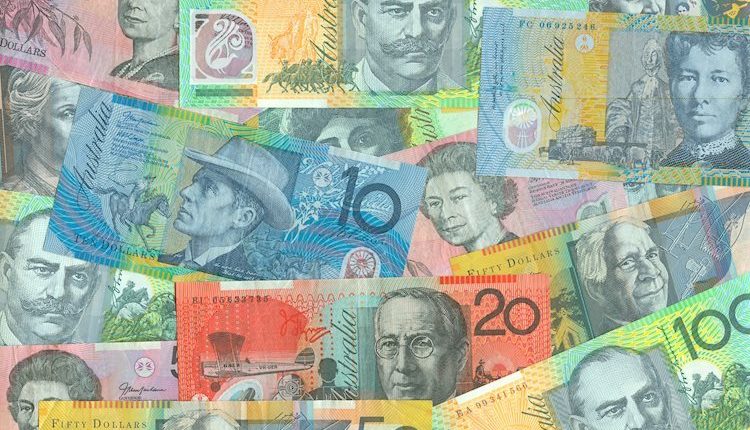- Australian Dollar extends losses due to a stronger US Dollar.
- Australian Bureau of Statistics showed the number of permits for new construction projects improved in August.
- Higher US Treasury yields bolster the Greenback, coupled with mixed US data.
The Australian Dollar (AUD) continues its losses on Tuesday due to another surge in US Dollar (USD) and US Treasury yields. Additionally, the AUD/USD pair is under pressure ahead of the interest rate decision by the Reserve Bank of Australia (RBA).
Australia’ central bank is expected to remain the interest rate unchanged in the upcoming policy meeting on Tuesday, which puts pressure on the Aussie pair. However, there is a likelihood of hiking it to a peak of 4.35% by the end of this year as inflation remains above target, according to a Reuters poll.
Australian Bureau of Statistics showed the number of permits for new construction projects improved in August. While ANZ Job Advertisements data showed a slump in September from the previous reading.
The US Dollar Index (DXY) extends gains as the 10-year U.S. Treasury yield rose above its highest level since 2007 and the dollar climbed to its highest in almost a year after mixed data from the United States (US) on Monday.
US ISM Manufacturing PMI improved in September from August’s reading. The Manufacturing Employment Index (Sep) also showed improvement but Manufacturing Prices Paid declined in said month.
Daily Digest Market Movers: Australian Dollar falls ahead of RBA interest rate decision, stronger US Dollar
- AUD/USD extends losses, trading lower around 0.6360 at the time of writing on Monday.
- The Aussie Dollar is under pressure ahead of the RBA interest rates decision.
- RBA is expected to keep current interest rates at 4.1% in the upcoming policy meeting on Tuesday.
- Australia’s Building Permits (MoM) rose to 7% compared to the 2.5% expected in August, swinging from the previous 8.1% decline.
- ANZ Job Advertisements data showed a 0.1% decline in September from the previous hike of 1.9%.
- China’s Manufacturing PMI data rose into positive territory. China’s NBS Manufacturing PMI for August grew to 50.2 from the previous 49.7 figures, exceeding the 50.0 expected.
- US ISM Manufacturing PMI improved to 49.0 in September from 47.6 in the previous reading, above the market consensus of 47.7.
- Manufacturing Prices Paid fell significantly from 48.4 to 43.8. The Employment Index rose from 48.4 to 51.2.
- On Friday, bills were successfully passed in the US to avert a government shutdown, securing funding until November 17. This development has prompted a resumption of the US Dollar Index (USD) upward trajectory.
- Federal Reserve (Fed) Governor Michelle Bowman expressed on Monday that it is likely appropriate to raise the policy rate further and maintain it at restrictive levels for an extended period.
- Fed Vice Chair for Supervision Michael Barr emphasized a cautious approach to monetary policy. Barr stated that the central bank should be mindful not just of how much interest rates will increase, but also of the duration they will be held at a sufficiently restrictive level. Despite this, Barr believes that the Fed can manage inflation without causing significant harm to the job market.
- Traders await the US employment data, with the release of the ADP report on Wednesday and the Nonfarm Payrolls on Friday.
Technical Analysis: Australian Dollar hovers around 0.6350, support at September’s low
Australian Dollar trades around 0.6360 aligned with the 0.6350 level. September’s low at 0.6331 emerges as the immediate support, followed by the 0.6300 psychological level. On the upside, the 23.6% Fibonacci retracement at 0.6464 level appears to be a key barrier, followed by the 50-day Exponential Moving Average (EMA) at 0.6475.
AUD/USD: Daily Chart
Economic Indicator
Australia RBA Interest Rate Decision
RBA Interest Rate Decision is announced by the Reserve Bank of Australia. If the RBA is hawkish about the inflationary outlook of the economy and raises the interest rates it is positive, or bullish, for the AUD. Likewise, if the RBA has a dovish view of the Australian economy and keeps the ongoing interest rate, or cuts the interest rate it is seen as negative, or bearish.
Read more.
Next release: 10/03/2023 03:30:00 GMT
Frequency: Irregular
Source: Reserve Bank of Australia
Read the full article here

